Go green and prosper: Can Bangladesh grow without damaging the environment?
If Bangladesh wants to develop any further, it must increase its production of electricity. But how? Steven Cutts sums up the various options available to the country

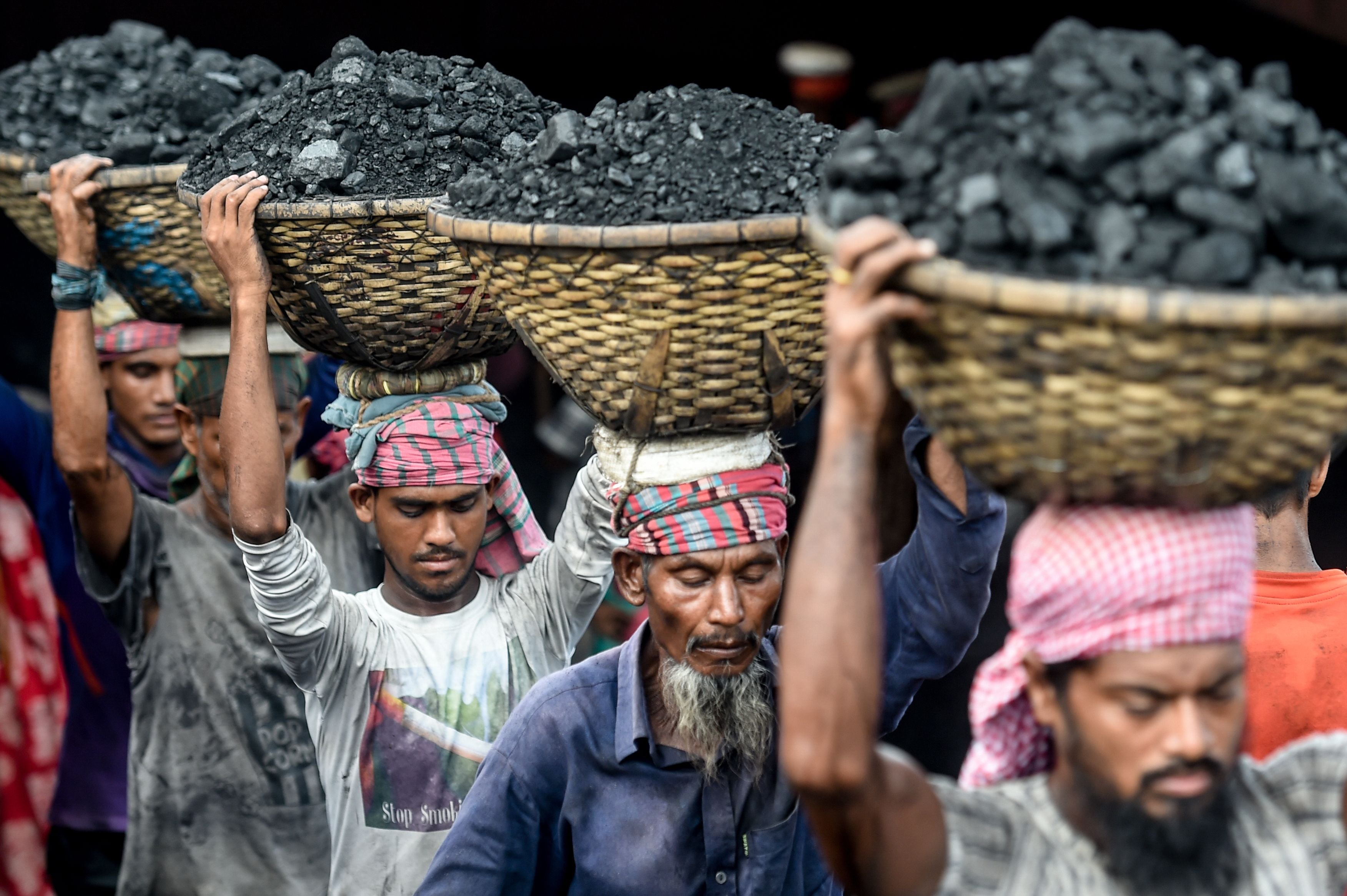
For many years, the Indian subcontinent barely featured on the economic radar of the English speaking world. That time has gone. Following a protracted period of strong economic growth, several governments in the subcontinent now find themselves on the threshold of a new era or sustained prosperity. But prosperity comes with a price tag of its own with damage to the environment being but one of them.
Recovering from its independence in 1971, the economy of Bangladesh was based largely on agricultural products. In some circles, the country was regarded as a basket case. However, by the early 21st century a new picture has emerged. In 2019, GDP per person was running at $1,856, significantly higher than the $1,285 seen in Pakistan and by some criteria, even higher than the aspiring super power to the south, India.
Average life expectancy in Bangladesh had advanced to 72 years by 2019 having increased by a full seven years since the millennium. Overall GDP growth has averaged 6 per cent for most of the past 20 years and it is probably worth noting that the figures for mobile phone ownership exceeded the human population in 2019.
Much of this success has been down to the footwear and clothing industries. Growth in textiles has long been seen as a sure fire way to achieve economic development in poorer nations, but there’s an upper limit to how wealthy a society can become using textiles in isolation.
Meanwhile, the Bangladeshi diaspora continues to feed money back to the mother country. Incredibly, this particular source of income now accounts for 6.6 per cent of GDP, which still puts them some distance behind the world leader for remittances: India. The Indian population managed to pick up $83 billion in 2020. When spread between more than a thousand million people this isn’t quite as generous as a number as it sounds but it’s hard to imagine that these sorts of sums haven’t played a major role in the emergent prosperity of India and Bangladesh. Astonished by such transfers, many commentators have questioned whether conventional government aid programmes still have a role to play in overseas development.
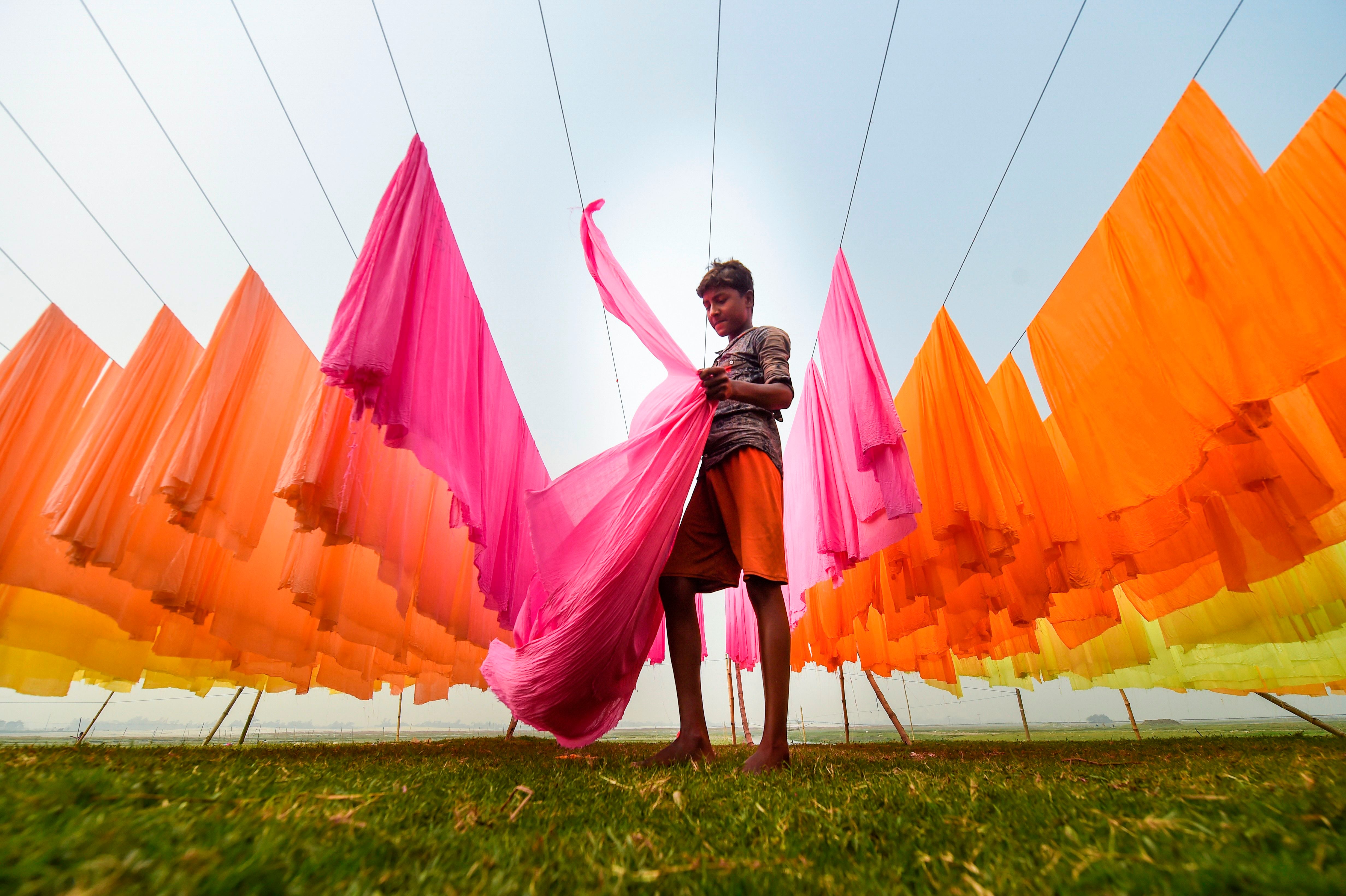
In sharp contrast to its success in remittances, agriculture and textiles, Foreign Direct Investment (FDI) in Bangladesh has been running at a derisory 1 per cent of GDP for most of the past 20 years, significantly downgrading the nation’s ability to diversify into higher-value products. The all but transformative impact of FDI in countries such as Vietnam and Thailand has been conspicuous by its absence in Bangladesh. This poor performance has been blamed on a lack of government transparency and relatively high tariff levels.
If the Bangladeshis want to get any further, they will need to increase their production of electricity. As things stand, the country is heavily dependent on coal, oil and gas. Of these three, natural gas is by far the most significant with 76 per cent of the electricity now being derived from natural gas. At first sight, the solutions to the Bangladeshi energy problem is solar, wind and nuclear and if they attempt to go along that path they will certainly be rising from a low baseline. Three per cent of the energy generated in Bangladesh is from renewables. However, with renewed interest in environmentalism and global warming, this figure looks set to increase.
Given the near total absence of fossil fuels within their own borders, many Bangladeshis are now looking to nuclear fission as the driver of future economic growth
After China, India is the second biggest producer of coal in the world and we should not be surprised to discover that it is also the second biggest polluter. Seventy per cent of electricity in India is now produced from coal. A country that has little or no reserves of oil or gas is driving its economic future using coal, most of it from domestic open cast mining, some of it imported. Quite apart from the issue of global warming, this approach comes with an environmental price tag. One study published in The Lancet suggested that 1.7 million people in India died from the effects of pollution created by coal in 2019.
As things stand, man’s thirst for coal shows no sign of abating. Coal powered plants worth more than $60 billion are now under construction in India and it’s hard to imagine that many of these will be cancelled by political pressure from a distant conference hall.
It’s important to remember that in the spoon-fed societies of the west, the concept of poverty has a different meaning, as does sacrifice. For many in the metropolitan elite, self-denial is an exercise in exhibitionism, a means of winning some kind of petty moral superiority over a hapless neighbour. Almost no one in England will experience anything that could possibly be described as economic suffering as a result of low emissions politics. But the situation in the Indian subcontinent is very different. Almost any attempt to limit economic growth will have painful implications for hundreds of millions of people. Within the confines of their own world, their reluctance to reduce energy output isn’t about being bloody minded, it’s about something much worse than that.
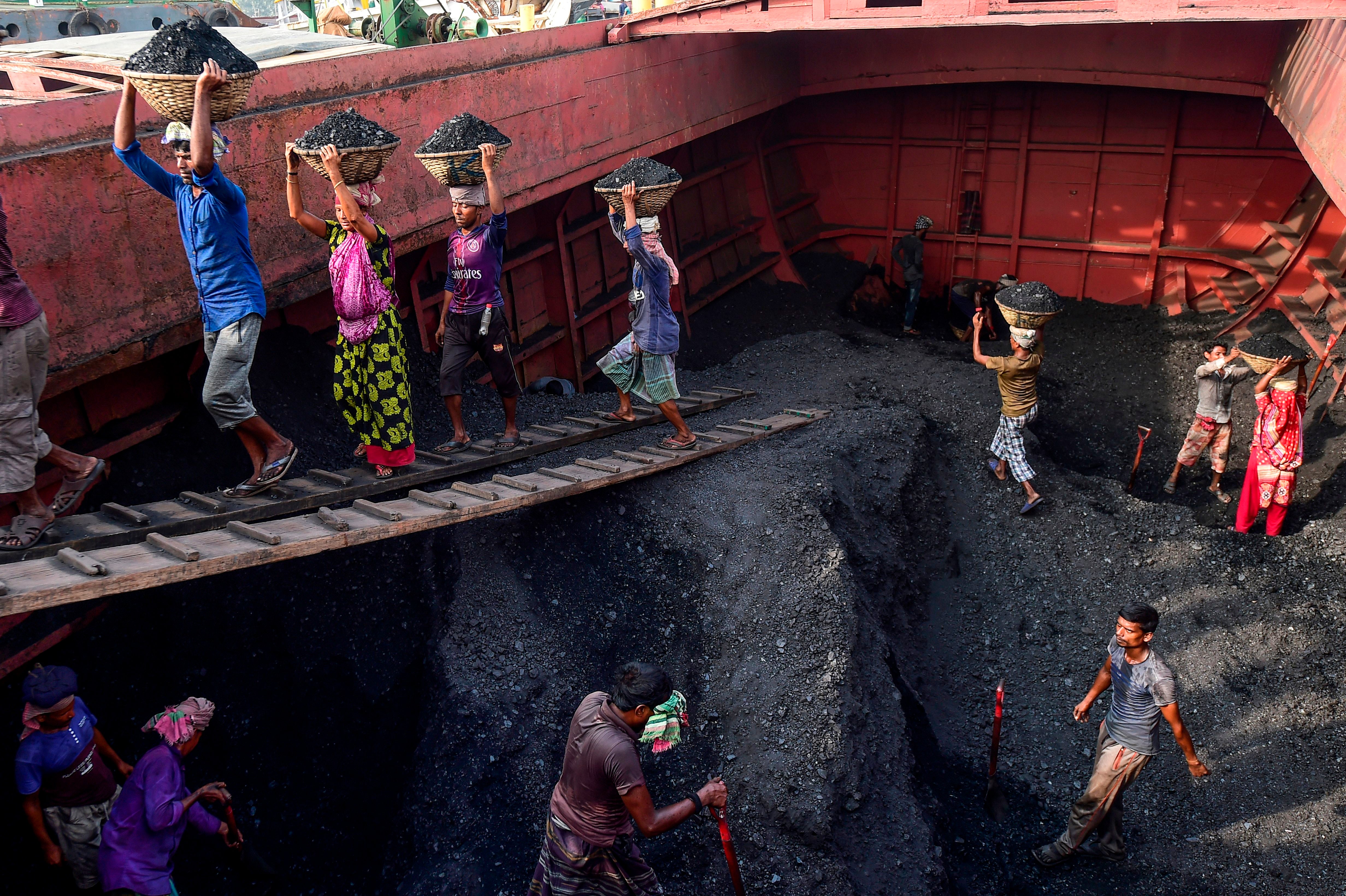
Political and economic activity in the subcontinent is dominated by the performance of India. Right now, India creates 6 per cent of global CO2 emissions. About 70 per cent of its electrical supply is based on coal and there are another $60 billion of coal ventures on order. There is little in the way of oil or gas reserves in the region and the country has a well developed plan to boost energy output by a factor of four by 2050.
In comparison to India, the population of Bangladesh seems quite paltry, but the population density of Bangladesh is actually higher than in India. As a result, Bangladesh has limited land area for the kind of solar parks and wind turbines that many western experts now advocate. Given the near total absence of fossil fuels within their own borders, many Bangladeshis are now looking to nuclear fission as the driver of future economic growth.
Remember that if Bangladesh wants to become a more advanced country, it has a long way to go. The new peak of $2,000 a year in GDP sounds impressive by regional standards but the GDP per person in California is now in excess of $80,000 per person per year and government aspirations to turn the place into a high-income country by the middle part of this century can sound fanciful. In addition, climate change may yet prove a major obstacle to development. It’s been estimated that 2.3 per cent of the 166 million people in Bangladesh live on land that is less than five metres above sea level and as many as one in seven of the population might find themselves displaced by rising sea levels in the next few decades.
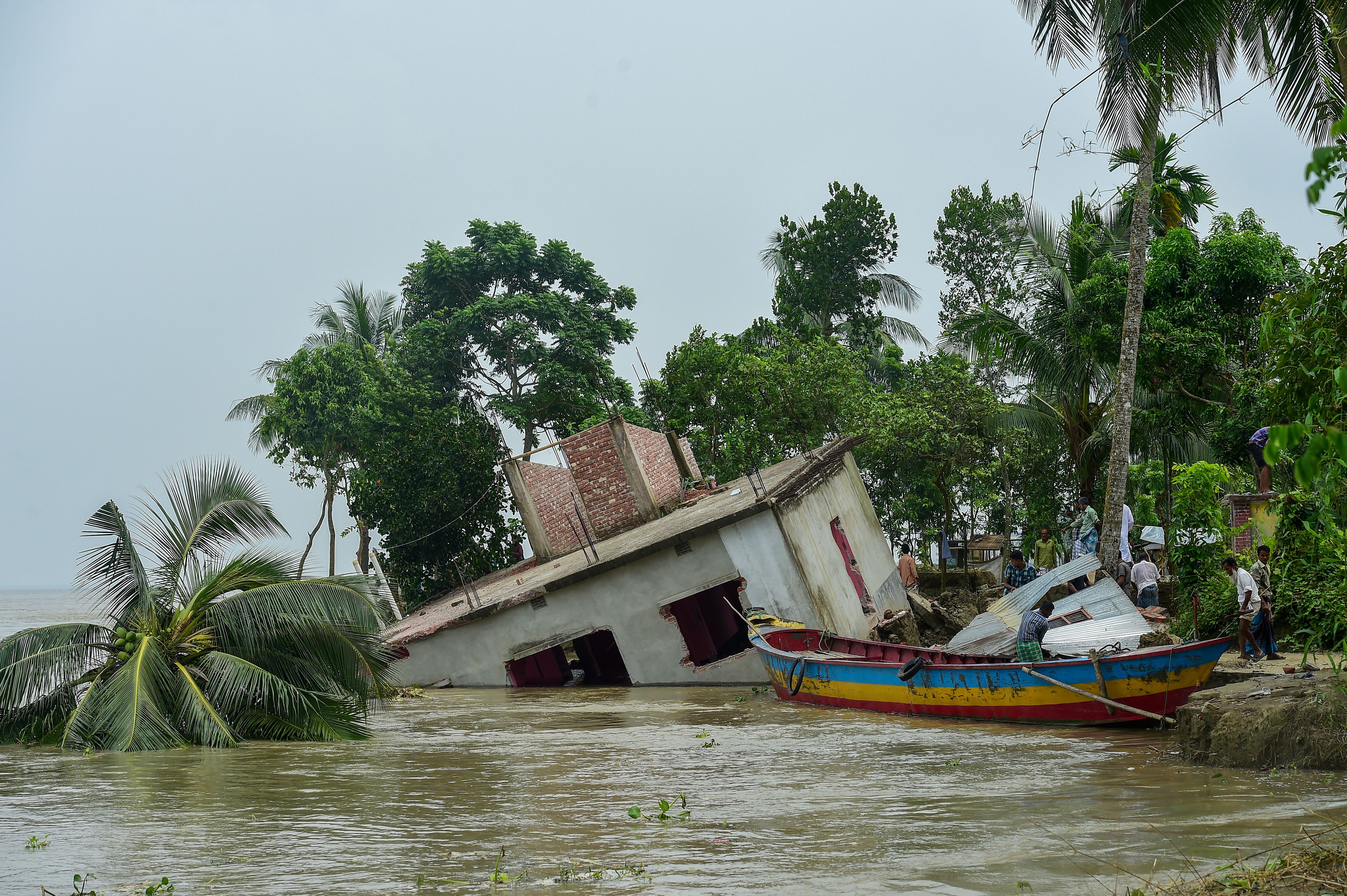
So on the one hand, the pressure for economic growth remains very strong indeed and any such growth will be critically dependent on the ability to increase the production of electricity. On the other, Bangladesh is more vulnerable than most to the predicted effects of climate change.
During the second half of the 20th century, many oil rich nations became affluent by geological accident. Economic success no longer correlated to real achievement in science or innovation. You just faxed Texaco and asked them to turn up with a good drilling rig. For countries that were not so lucky, the trade imbalance created by fossil fuel imports became a major headache. Wars were fought over access to oil reserves and more than one nation was threatened by separatism as different ethnic groups within the same country squabbled over access to revenue.
A country that has successfully installed a system of renewable power becomes invulnerable to the machinations of an organisation such as Opec or the government in Russia. As fossil-fuel imports decline, the countries that manufacture them will become reluctant to haggle over price and what remaining oil reserves still exist on the planet can be extracted at a reduced rate, prolonging the time period in which they can still be used. The appeal of renewables continue to be blighted by the issue of storage but if we can markedly reduce the volume of natural that a society like Bangladesh requires, we can do a lot to boost the internal stability and prosperity of the entire region.
Covering just 1.5 per cent of Bangladesh’s land surface area with solar panels would generate seven times the amount of electricity consumed by the whole country in 2016
Countries that have been held back by high energy import costs may soon be able to generate electricity on their own terms without the burden of fossil fuel import bills and without concern for regional or global pollution. By the year 2050, it has been estimated that as much as 30 per cent of global electricity may be generated from the sun.
It is now entirely reasonable to explore solar, wind and tidal power irrespective of our concern for climate change. Many western governments have decided to stop subsidising green energy modalities on the grounds that market forces alone have now delivered affordable wind and solar power. Such success in a generation has also been mirrored in energy storage. Since the 1990s, the unit costs of a lithium ion battery has fallen by more than 97 per cent. The price of a single photovoltaic panel has shown similar reductions since the 1980s, in part at least because of the success of the Chinese manufacturing sector in delivering such products to the global economy. If and when this happens, the sense of economic independence and security that comes with it has yet to be fully appreciated by most strategists.
There are now elaborate plans to build wind turbine arrays and solar panel arrays in Bangladesh. Given the paucity of suitable construction sites, locating these facilities has become a major issue for government planners. On a more positive note, photovoltaics panels have been blessed by a seemingly relentless fall in costs. In addition, the next generation of PV now being developed in the laboratory should give a much higher percentage return on each panel.
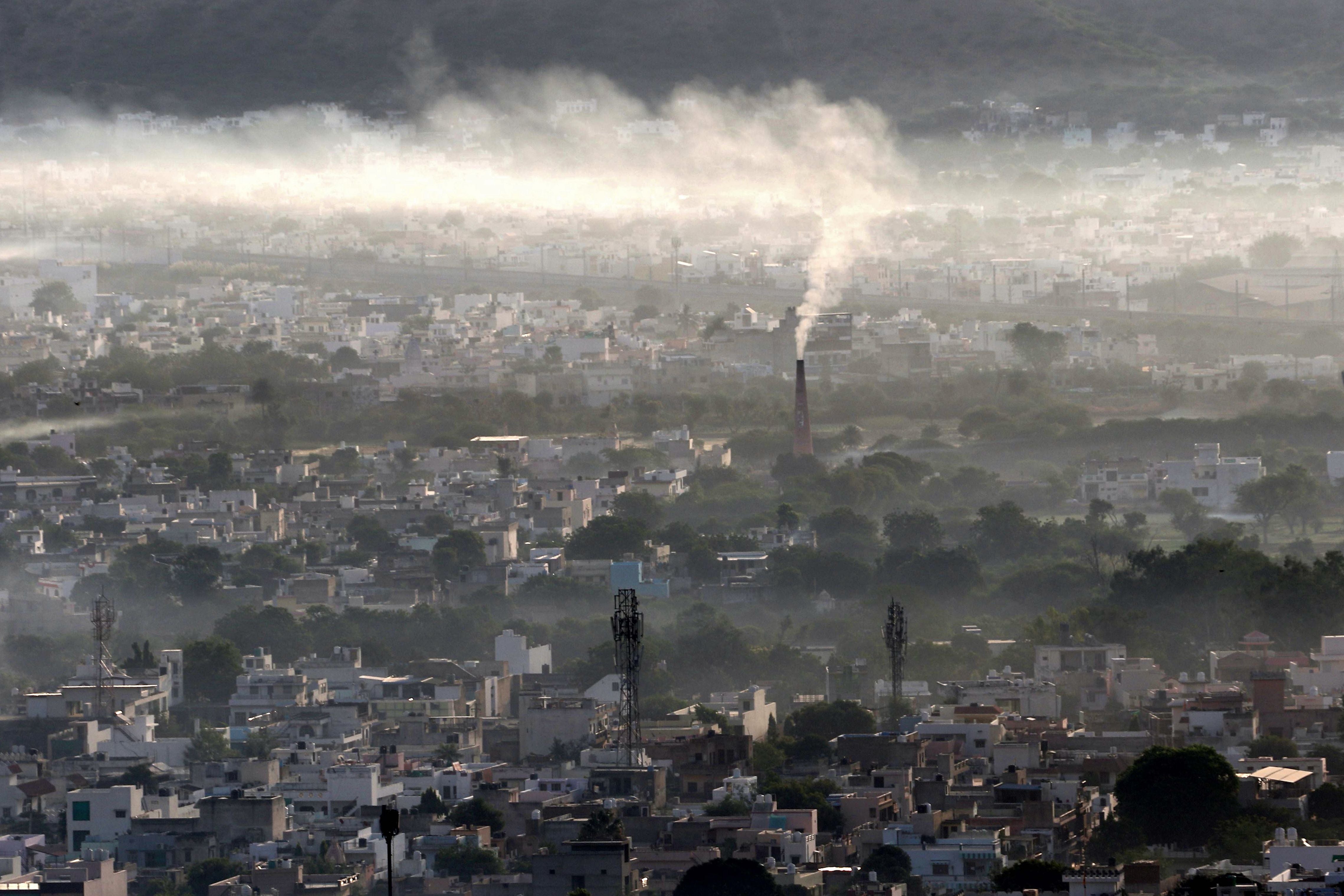
According to “climate analytics”, covering just 1.5 per cent of Bangladesh’s land surface area with solar panels would generate seven times the amount of electricity consumed by the whole country in 2016. However, even this sort of commitment might be difficult to achieve in Bangladesh. One solution to the problem of land availability is to place solar panels on floating boxes on to lakes and ponds. This approach has already been tried on the Queen Elizabeth water reservoir outside London and appears to be successful. It has been estimated that Bangladesh has 1,500 km2 of ponds. Utilising just one-third of the ponds for solar installations could generate 15 GWs. There are also moves afoot to link Bangladesh with several countries using long distance electrical cables that are capable of transferring energy – including renewable energy – between different regions. Given the fundamentally unpredictable nature of renewables power, this is surely a sensible move.
Bangladesh is also blessed by 2,500 km2 of shallow water areas, which could generate 25 GWs. By some calculations, solar is now the cheapest means of producing electrical power on this planet and the only real drawback to its use is storage.
The only solution to poverty in the subcontinent is economic growth and when we consciously seek to do something that will suppress economic growth in the sub-continent we are doing something that will serve to keep tens if not hundreds of millions of people in just appalling conditions for much longer than they really deserve. The sacrifices that some eco-warriors in the west claim to be making are comical in comparison and it’s easy to understand the reluctance to accept the priorities that stem from climate change.
However, the quest for new energy sources is far from novel and over the course of the past few decades, it has been linked to contemporary politics. In the 1970s, the debate focussed on the Opec crisis. Later, the revolution in Iran prompted President Carter to “invent” the energy crisis. Some very farsighted changes to tax laws soon followed and many American farmers started setting up wind turbines on farmland with a view to plugging them into the national grid – although this was small scale stuff in comparison to what has followed.
Similarly, many miners’ strikes in the UK made several British governments favour nuclear fission. In more recent years, concern that President Putin might turn off the supply of natural gas to western Europe has encouraged the EU to invest in renewables and every 1 per cent of power that western Europe gains from renewables reduces its vulnerability to the unpredictable world of global energy prices. Progress in Bangladesh may be stimulated by concerns about climate change today but there is a broad spectrum of reasons to encourage the vogue towards renewables some of which ought to gain traction in the coming years.
Join our commenting forum
Join thought-provoking conversations, follow other Independent readers and see their replies
Comments
Bookmark popover
Removed from bookmarks